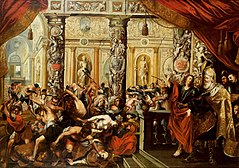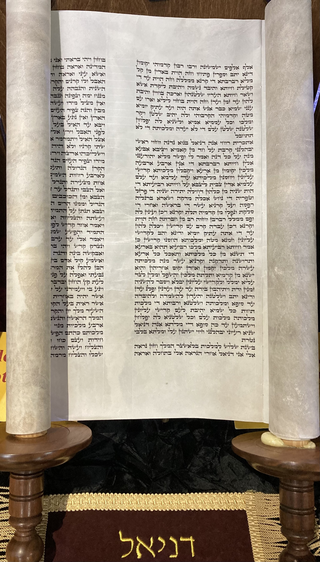
The Book of Daniel is a 2nd-century BC biblical apocalypse with a 6th-century BC setting. Ostensibly "an account of the activities and visions of Daniel, a noble Jew exiled at Babylon", the text features a prophecy rooted in Jewish history, as well as a portrayal of the end times that is both cosmic in scope and political in its focus. The message of the text intended for the original audience was that just as the God of Israel saves Daniel from his enemies so that he would save the Israelites in their present oppression.
The deuterocanonical books, meaning 'of, pertaining to, or constituting a second canon', collectively known as the Deuterocanon (DC), are certain books and passages considered to be canonical books of the Old Testament by the Catholic Church, the Eastern Orthodox Church, the Oriental Orthodox Church, and the Church of the East. In contrast, modern Rabbinic Judaism and Protestants regard the DC as Apocrypha.
The Old Testament (OT) is the first division of the Christian biblical canon, which is based primarily upon the 24 books of the Hebrew Bible, or Tanakh, a collection of ancient religious Hebrew and occasionally Aramaic writings by the Israelites. The second division of Christian Bibles is the New Testament, written in Koine Greek.

The Septuagint, sometimes referred to as the Greek Old Testament or The Translation of the Seventy, and often abbreviated as LXX, is the earliest extant Greek translation of the Hebrew Bible from the original Biblical Hebrew. The full Greek title derives from the story recorded in the Letter of Aristeas to Philocrates that "the laws of the Jews" were translated into the Greek language at the request of Ptolemy II Philadelphus by seventy-two Hebrew translators—six from each of the Twelve Tribes of Israel.
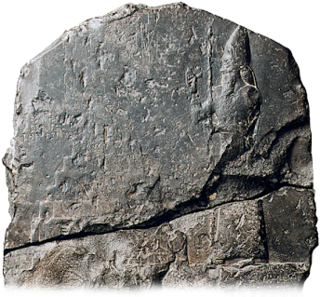
Nebuchadnezzar II, also spelled Nebuchadrezzar II, was the second king of the Neo-Babylonian Empire, ruling from the death of his father Nabopolassar in 605 BC to his own death in 562 BC. Historically known as Nebuchadnezzar the Great, he is typically regarded as the empire's greatest king. Nebuchadnezzar remains famous for his military campaigns in the Levant, for his construction projects in his capital, Babylon, including the Hanging Gardens of Babylon, and for the role he plays in Jewish history. Ruling for 43 years, Nebuchadnezzar was the longest-reigning king of the Babylonian dynasty. By the time of his death, he was among the most powerful rulers in the world.
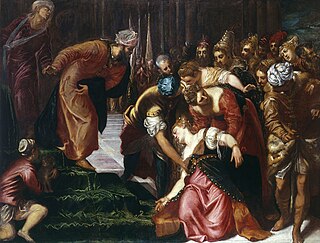
Ahasuerus is a name applied in the Hebrew Bible to three rulers of Ancient Persia and to a Babylonian official first appearing in the Tanakh in the Book of Esther and later in the Book of Tobit. It is a transliteration of either Xerxes I or Artaxerxes I; both are names of multiple Achaemenid dynasty Persian kings.

In Mesopotamian religion, Tiamat is the primordial sea, mating with Abzû (Apsu), the groundwater, to produce the gods in the Babylonian epic Enûma Elish, which translates as "when on high." She is referred to as a woman, and has—at various points in the epic—a number of anthropomorphic features and theriomorphic features.
2 Maccabees, also known as the Second Book of Maccabees, Second Maccabees, and abbreviated as 2 Macc., is a deuterocanonical book which recounts the persecution of Jews under King Antiochus IV Epiphanes and the Maccabean Revolt against him. It concludes with the defeat of the Seleucid Empire general Nicanor in 161 BC by Judas Maccabeus, the leader of the Maccabees.

Enūma Eliš, meaning "When on High", is a Babylonian creation myth from the late 2nd millennium BCE and the only complete surviving account of ancient near eastern cosmology. It was recovered by English archaeologist Austen Henry Layard in 1849 in the ruined Library of Ashurbanipal at Nineveh. A form of the myth was first published by English Assyriologist George Smith in 1876; active research and further excavations led to near completion of the texts and improved translation.
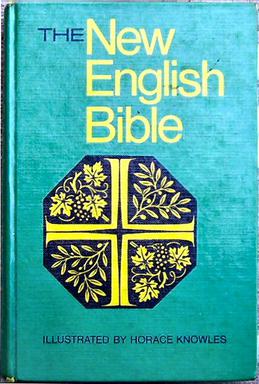
The New English Bible (NEB) is an English translation of the Bible. The New Testament was published in 1961 and the Old Testament (with the Apocrypha) was published on 16 March 1970. In 1989, it was significantly revised and republished as the Revised English Bible.

Susanna, also called Susanna and the Elders, is a narrative included in the Book of Daniel by the Catholic Church, Oriental Orthodox Churches and Eastern Orthodox Churches. It is one of the additions to Daniel, placed in the Apocrypha by Protestants, with Anabaptists, Lutherans, Anglicans and Methodists regarding it as non-canonical but useful for purposes of edification. The text is not included in the Jewish Tanakh and is not mentioned in early Jewish literature, although it does appear to have been part of the original Septuagint from the 2nd century BC, and was revised by Theodotion, a Hellenistic Jewish redactor of the Septuagint text.
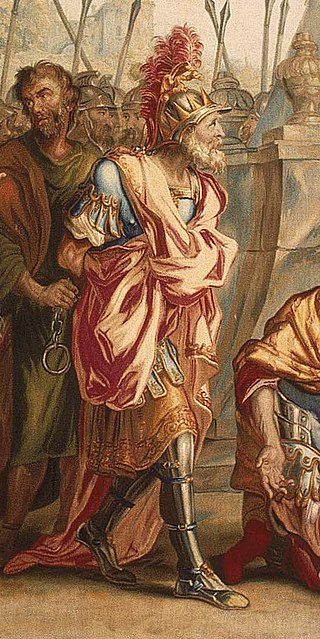
Astyages was the last king of the Median kingdom, reigning from 585 to 550 BCE. The son of Cyaxares, he was dethroned by the Persian king Cyrus the Great.

Theodotion was a Hellenistic Jewish scholar, perhaps working in Ephesus, who in c. A.D. 150 translated the Hebrew Bible into Greek.
The additions to Daniel are three chapters not found in the Hebrew/Aramaic text of Daniel. The text of these chapters is found in the Septuagint, the earliest extant Greek translation of the Hebrew Bible from the original Hebrew.
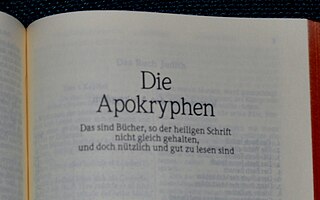
The biblical apocrypha denotes the collection of ancient books, some of which are believed by some to be apocryphal, thought to have been written some time between 200 BC and 100 AD.
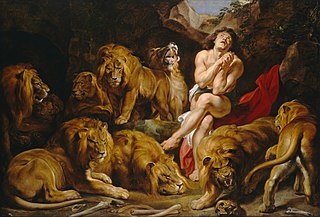
Daniel is the main character of the Book of Daniel. According to the Hebrew Bible, Daniel was a noble Jewish youth of Jerusalem taken into captivity by Nebuchadnezzar II of Babylon, serving the king and his successors with loyalty and ability until the time of the Persian conqueror Cyrus, all the while remaining true to the God of Israel. While some conservative scholars hold that Daniel existed and his book was written in the 6th century BCE, most scholars agree that Daniel is not a historical figure and that much of the book is a cryptic allusion to the reign of the 2nd century BCE Hellenistic king Antiochus IV Epiphanes.

The fall of Babylon was the decisive event that marked the total defeat of the Neo-Babylonian Empire to the Achaemenid Empire in 539 BC.

Papyrus 967 is a 3rd-century CE biblical manuscript, discovered in 1931. It is notable for containing fragments of the original Septuagint text of the Book of Daniel, which was completely superseded by a revised text by the end of the 4th century and elsewhere survives only in Syriac translation and in Codex Chisianus 88. The manuscript is also important for early variants, both in the text of the Book of Ezekiel and of the Book of Daniel.
The following outline is provided as an overview of and topical guide to the Bible:

The Statue of Marduk, also known as the Statue of Bêl, was the physical representation of the god Marduk, the patron deity of the ancient city of Babylon, traditionally housed in the city's main temple, the Esagila. There were seven statues of Marduk in Babylon, but 'the' Statue of Marduk generally refers to the god's main statue, placed prominently in the Esagila and used in the city's rituals. This statue was nicknamed the Asullḫi and was made of a type of wood called mēsu and covered with gold and silver.
